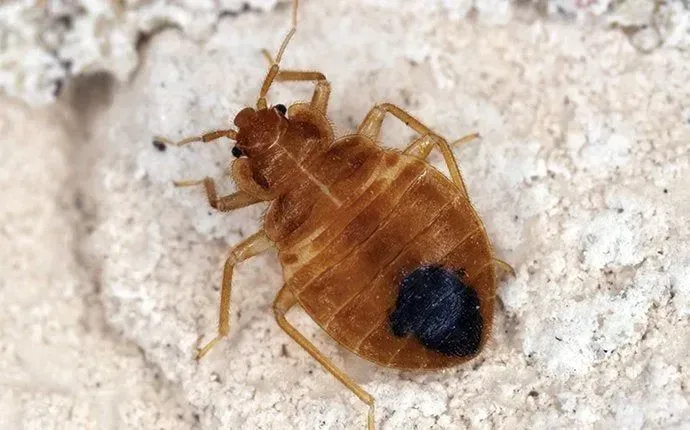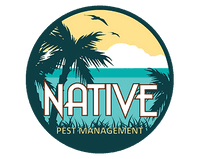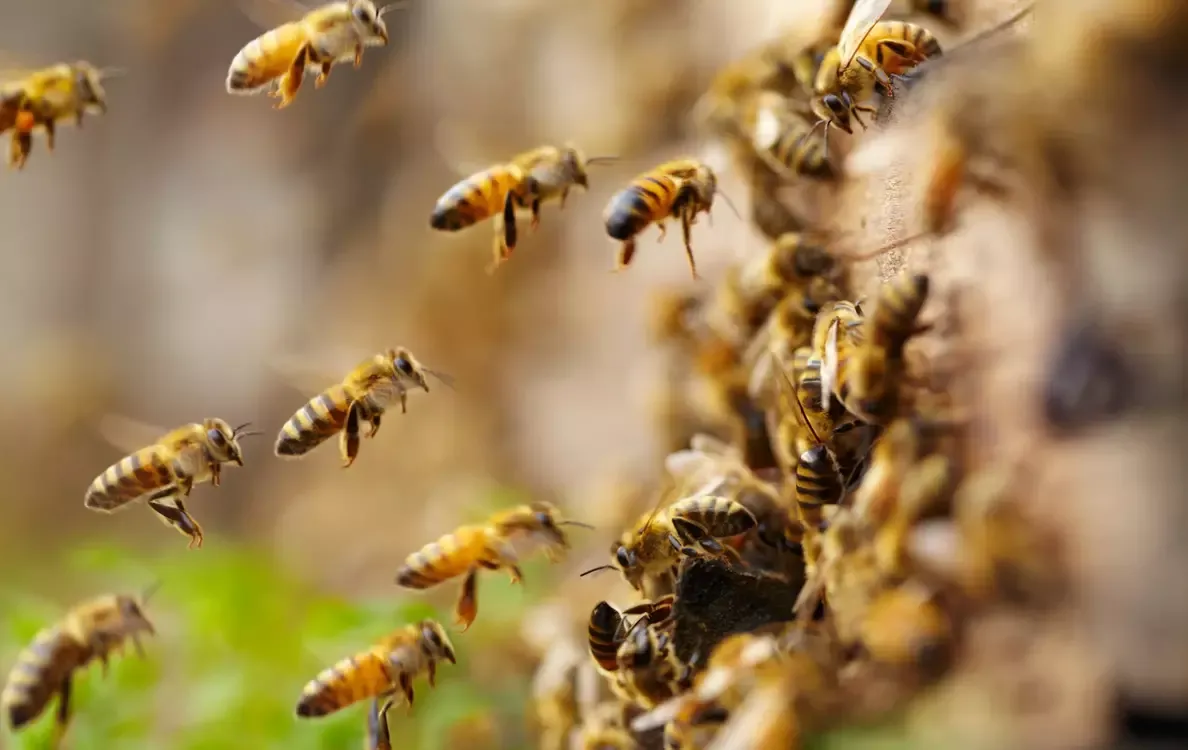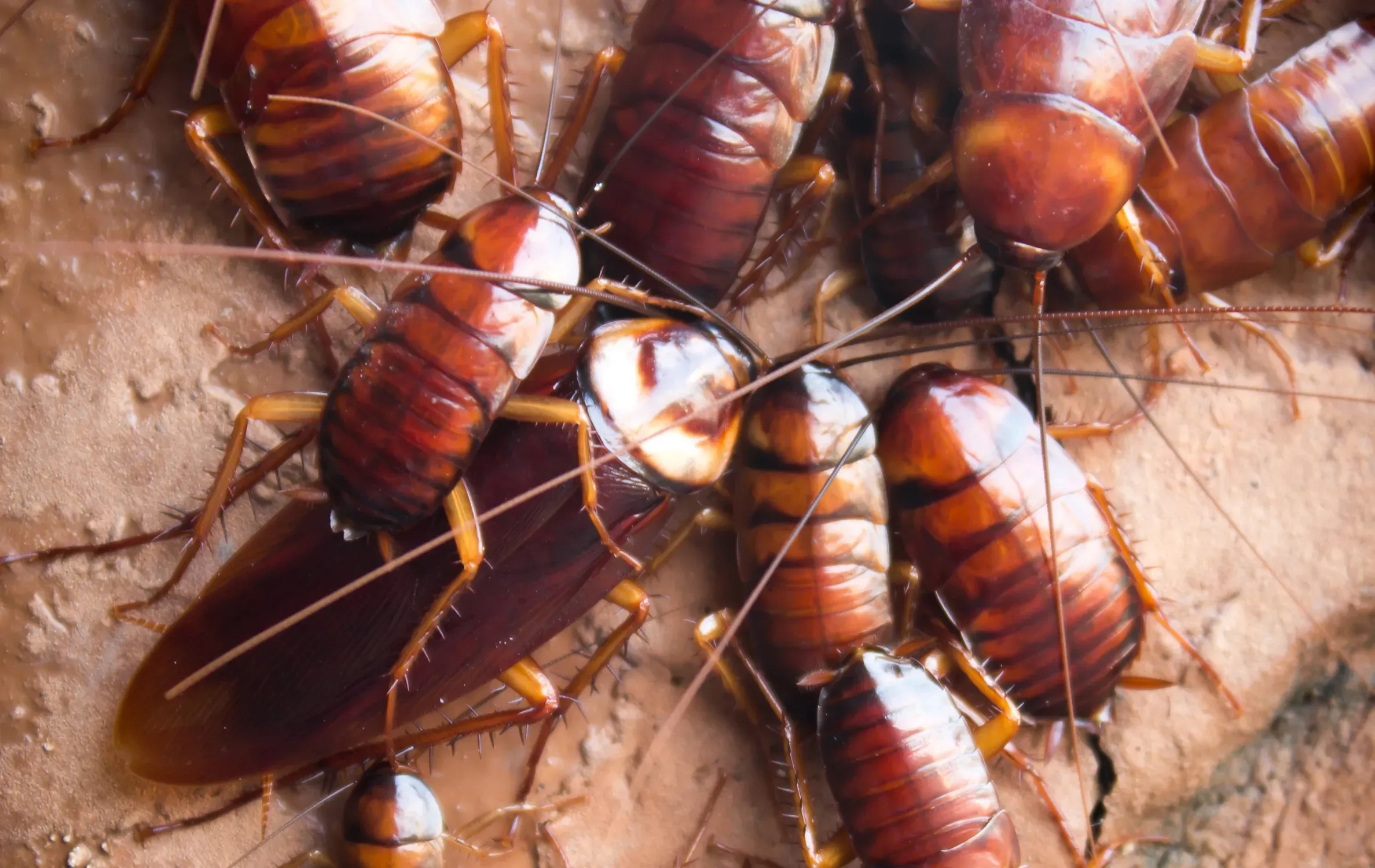
Bed Bug Identification In Florida

Identifying Bed Bugs in Florida
Got bed bugs? You’re not alone. One in five Americans report they’ve had a bedbug infestation in their home or know someone who has. Bed bugs, scientifically known as Cimex lectularius, are a growing concern in Florida. These small, blood-sucking insects can easily infest Florida homes, hotel rooms, and even public transportation, posing a challenge for residents, property managers, and pest control professionals.
These nocturnal insects are difficult to control due to their small size, ability to hide in tiny crevices, and resistance to many common pest control methods. The warm and humid climate of Florida also provides an especially ideal environment for bed bugs to thrive.
Understanding how to identify, prevent, and control these pests through effective bed bug treatments can help prevent their spread.
Key Takeaways
Bed bugs are a significant concern in Florida due to the state's warm and humid climate
Bed bugs can be difficult to control by common methods
Residents and property managers should prioritize understanding bed bug identification, habitats, and control measures
Detection and Identification
Adult bed bugs are typically small, flattened, and oval-shaped, with a reddish-brown color. They are often compared to apple seeds in appearance. Nymphs, or immature bed bugs, can be even smaller and harder to spot.
A common sign of bed bug activity is their excrement or eggs, as these can indicate an infestation. Bed bug excrement often appears as small black or brown dots, while their eggs are tiny, white, and oval-shaped. Another sign is the presence of bed bug exoskeletons (casings that the pests leave behind when they molt).
One of the first signs of a bed bug infestation is the presence of unexplained bites on a person’s skin. Identifying bed bug bites can be challenging, as they can resemble bites from other insects, such as mosquitoes or fleas. But a few key characteristics that can help in distinguishing bed bug bites:
Pattern: Bed bug bites are typically found in a linear or clustered pattern, as they tend to feed multiple times in one area.
Location: Bed bugs prefer areas with easy access to blood vessels, so bites are commonly found on the neck, arms, and legs.
Appearance: Bites are generally small, red, and sometimes raised, but can vary depending on an individual's reaction to the bite.
If you suspect bed bug bites, thoroughly inspect your surroundings for further signs of infestation, such as excrement or eggs.
Identification may still be difficult for people unfamiliar with these pests, so it’s important to consult with professionals who can accurately identify and assess the extent of the bed bug problem.
Habitats of Bed Bugs
Bed bugs have a strong preference for human environments and are notorious for infesting various indoor spaces, including homes, hotels, and dormitories. The tiny insects are adept at seeking shelter in hiding places like mattresses, box springs, and baseboards. These elusive spots provide them with easy access to their human hosts, whose blood they rely on for sustenance.
Bed bugs can easily navigate to other areas within the indoor environment, such as the ceiling, through wall cracks or holes. This allows them to spread quickly and covertly, making it challenging to locate and eradicate them.
Places where bed bugs can be found:
Mattress seams
Baseboards
Bed frames
Pillowcases
Nightstands
Dressers
Couches
Carpeting
Walls
Electrical outlets
Professional Bed Bug Control
Hiring a pest control exterminator is crucial in the effective control of bed bug infestations in Florida. Managers and property owners should research pest control companies, ensuring they have the necessary licenses and certifications. It is highly recommended to hire members of state-level associations, such as the Florida Pest Management Association (FPMA), to guarantee a high level of service and expertise. Some pest control professionals offer free quotes or free inspections.
Prevention and Treatment
When dealing with bed bugs in Florida, it is crucial to take preventive measures and understand the available treatment options for bed bug infestations.
Bed Bug IPM Strategies
Integrated Pest Management (IPM) is an environmentally conscious approach to controlling bed bugs, focusing on reducing their populations and preventing re-infestations. IPM strategies combine biological, chemical, cultural, and mechanical control methods to tackle the issue effectively.
Training in IPM techniques involves:
Accurate identification and monitoring of bed bug infestations.
Understanding bed bug biology, reproduction, and behavior.
Implementing targeted and least-toxic chemical treatments when necessary.
Regularly inspecting, cleaning, and sealing potential bed bug entry points.
Educating residents and staff on prevention measures and early warning signs.
The use of IPM strategies by pest control professionals and managers ensures that bed bug control is both environmentally responsible and effective.
Heat Treatment
Heat treatment involves raising the temperature in the infested area to a level that is lethal for the insects, typically around 118?-122?. This approach is especially useful for killing bed bug eggs, which are resistant to most chemical treatments. Heat treatment is done with specialized equipment such as portable heaters or whole-room heat treatments.
Advantages of heat treatment:
Eco-friendly: No chemicals are used, making it safe for humans and pets.
Quick results: Bed bugs and their eggs are killed in a matter of hours.
Comprehensive: Heat penetrates all areas, effectively killing bugs in hard-to-reach spaces.
Chemical Treatment
Chemical treatments involve the use of pesticides to eradicate bed bug infestations. These can include residual insecticides, dust formulations, and aerosol sprays. Care should be taken when using these products, as some may be harmful to humans, pets, and the environment. Always follow the manufacturer's instructions and, if necessary, consult a professional pest control company.
Steps for chemical treatment:
Inspection: Identify the infested areas and the extent of the infestation.
Preparation: Remove clutter and vacuum the area thoroughly. Seal any cracks or crevices where bed bugs may be hiding.
Application: Apply the pesticide according to the product label, focusing on infested areas and potential hiding spots.
Monitoring: Regularly check the treated areas to ensure the infestation has been eliminated.
Frequently Asked Questions
What are common signs of bed bug infestation?
Some common signs include small, reddish-brown insects, tiny blood stains on sheets, molted bed bug skins, and small, black fecal spots. Additionally, a musty odor and itchy, red bumps on the skin can also indicate bed bug presence.
How can I effectively treat bed bugs in Florida?
It is crucial to consult with a pest management professional. Treatment methods consist of chemical treatments, heat treatments, and general cleaning practices. It's essential to remove clutter, frequently vacuum, and launder bed linens in hot water to eradicate bed bugs successfully.
Are bed bugs a serious issue in Florida hotels?
Bed bugs can be an issue in any hotel, including those in Florida. Bed bugs are expert hitchhikers and can be carried home in suitcases or clothing. Hotel occupants should be aware of potential bed bug infestations and report any signs immediately. Hotels should take preventative measures and have routine inspections by pest management professionals.
How can I check for bed bugs in Florida accommodations?
Before settling into a hotel or other accommodations, thoroughly inspect the room. Check for signs of bed bugs on mattresses, headboards, and bedding. Look for tiny insects, bloodstains, and fecal spots. Store luggage on luggage racks or hard surfaces to minimize bed bug exposure.
How do I report a bed bug infestation to the Department of Health in Florida?
If a bed bug infestation is discovered in a hotel or other accommodation, contact the Florida Department of Health in the county where the infested lodging is located. Visit their website to find the local office's contact information. The department will handle the issue appropriately and guide you through the next steps.
Are bed bug infestations more common during specific months in Florida?
Bed bug infestations can occur year-round in Florida. However, they may be more prevalent during warmer months as people tend to travel more, increasing the risk of spreading bed bugs. It's essential to maintain vigilance and regular preventive measures regardless of the time of year.

Customer Reviews
Native Pest Management received an average rating of 5.0 out of 5 stars from 7314 reviews

Request Your Free Quote
Complete the form below to request your free quote.
Recent Blog Articles

Do All Bees Sting in South Florida? Here’s What to Know
Discover which bees sting in South Florida. Stay informed to enjoy the outdoors without worrying about bee stings.

Cockroaches vs. Palmetto Bugs: What’s the Difference?
Discover the differences between cockroaches and palmetto bugs, and learn effective tips to identify and manage these common household pests.

















